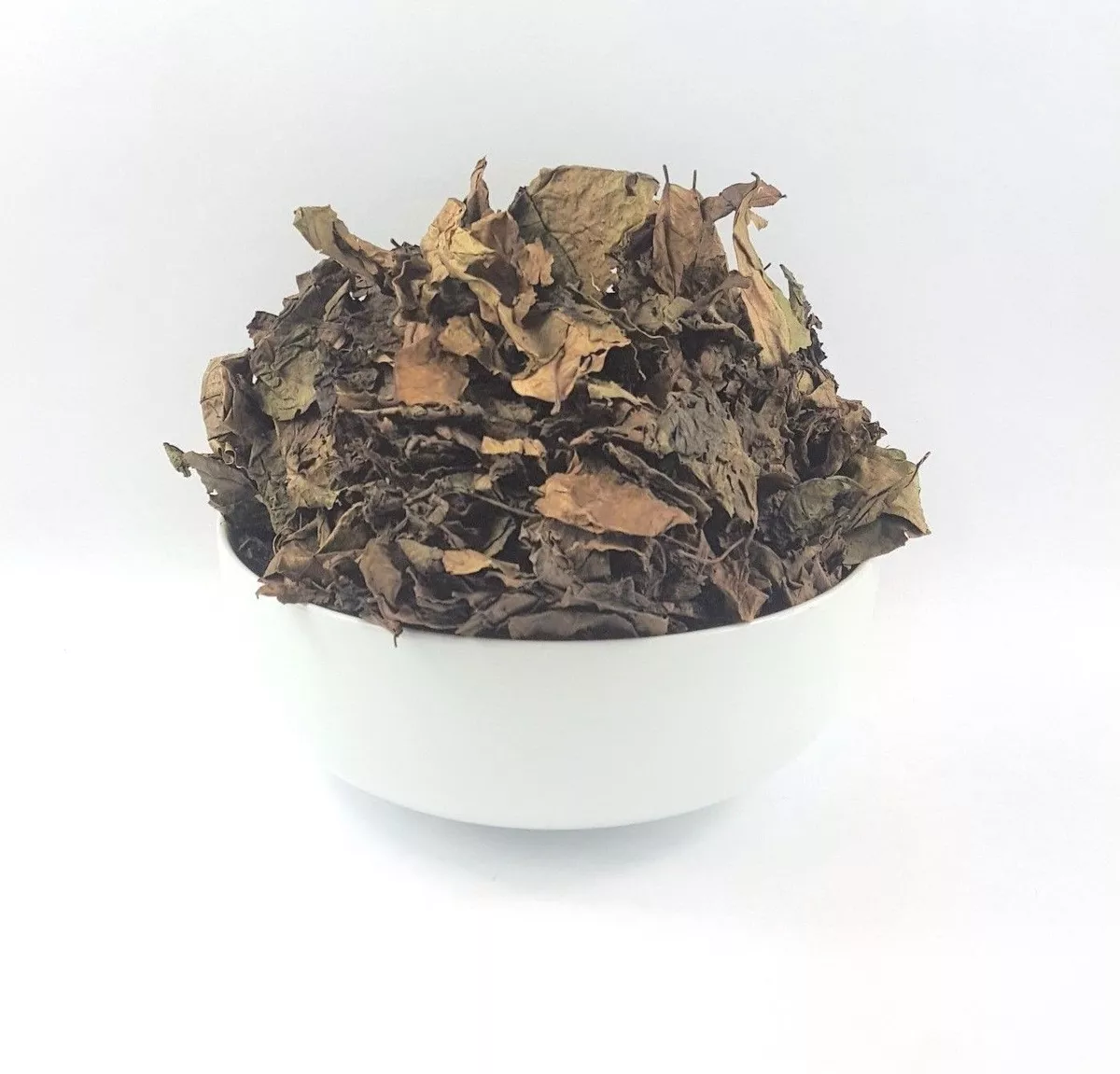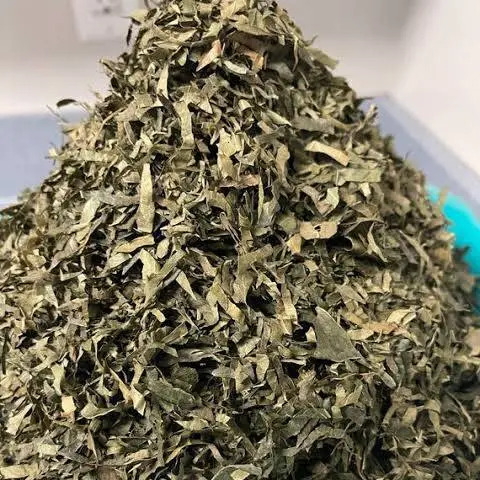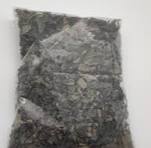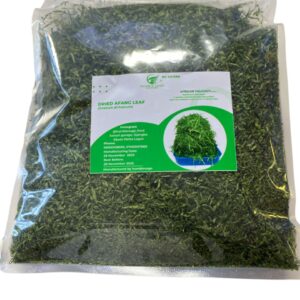Dried oha leaf
Original price was: ₦7,000.00.₦6,000.00Current price is: ₦6,000.00.
Dried Oha leaf, from the Pterocarpus mildbraedii tree, is a beloved ingredient in Igbo cuisine, particularly in Oha soup. It’s low in calories but rich in vitamins A, C, E, and essential minerals. These leaves support digestion, immune function, and bone health. Use them in soups, stews, and teas by rehydrating before cooking. Store in an airtight container in a cool, dry place for up to a year to maintain freshness and potency. Enjoy the unique taste and nutritional benefits of Oha leaf in your favorite dishes.
Description
Dried Oha leaf, also known as Ora leaf, comes from the Pterocarpus mildbraedii tree, which is native to West Africa, particularly Nigeria. It is a cherished ingredient in Igbo cuisine, primarily used in making Oha soup (Ofe Oha), a traditional and flavorful Nigerian dish. Dried Oha leaves are valued for their unique taste and nutritional benefits, making them a staple in many households.
Nutritional Profile
Oha leaves, when dried, retain much of their nutritional content, offering several health benefits:
- Calories: Low in calories, making it suitable for various dietary needs.
- Carbohydrates: Contains minimal carbohydrates.
- Protein: Provides a small amount of plant-based protein.
- Fats: Very low in fat content.
- Vitamins: Rich in vitamins A, C, and E, which are essential for maintaining good health.
- Minerals: High in essential minerals such as calcium, magnesium, potassium, and iron.
- Phytochemicals: Contains antioxidants and phytonutrients that help combat oxidative stress.
Health Benefits
- Digestive Health: High fiber content in dried Oha leaves aids digestion, prevents constipation, and promotes a healthy digestive system.
- Immune Support: Rich in vitamins A and C, which are vital for boosting the immune system and protecting against infections.
- Bone Health: High calcium and magnesium content supports bone health and helps prevent osteoporosis.
- Heart Health: Contains potassium, which helps regulate blood pressure and supports cardiovascular health.
- Antioxidant Properties: The presence of antioxidants helps neutralize free radicals, reducing the risk of chronic diseases.
- Anti-inflammatory Effects: Contains compounds that have anti-inflammatory properties, which can help reduce inflammation and pain.
Culinary Uses
Dried Oha leaves are versatile and can be used in various culinary applications:
- Traditional Soups: Primarily used in making Oha soup (Ofe Oha), a rich and flavorful Nigerian soup made with assorted meats, fish, and thickened with cocoyam paste.
- Stews and Sauces: Added to stews and sauces to enhance flavor and nutritional value.
- Herbal Teas: Can be brewed into herbal teas for their health benefits.
- Spice Blends: Included in spice blends to add depth and aroma to various dishes.
How to Use Dried Oha Leaf
- Preparation: Rinse the dried Oha leaves thoroughly to remove any dirt or debris.
- Rehydration: Soak the dried leaves in warm water for a few minutes to rehydrate them before cooking.
- Cooking: Add the rehydrated leaves to soups, stews, or sauces during the final stages of cooking to preserve their flavor and nutritional content.
Storage and Shelf Life
- Storage: Store dried Oha leaves in an airtight container in a cool, dry place to maintain their freshness and potency.
- Shelf Life: When stored properly, dried Oha leaves can last up to a year. Check for signs of mold or deterioration before use.
Culinary Tips
- Enhancing Flavor: Add the leaves towards the end of the cooking process to retain their fresh, earthy flavor.
- Balancing Flavors: Use in combination with other traditional spices like uziza, ogiri (fermented locust beans), and crayfish for a well-rounded flavor profile.
- Complementary Ingredients: Pairs well with ingredients such as meats, fish, cocoyam, and palm oil commonly used in West African cuisine.
Additional information
| Weight | N/A |
|---|---|
| Package Size | 100g |






Reviews
There are no reviews yet.